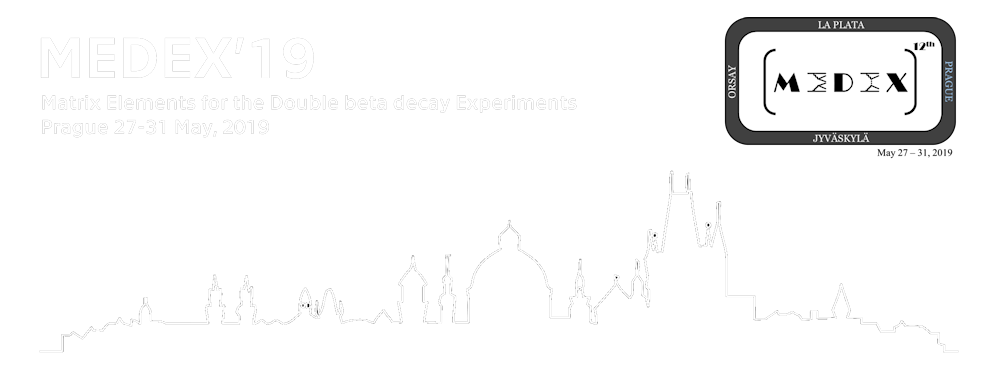Speaker
Dr
Lorenzo Pagnanini
(Milano Bicocca University and INFN MiB)
Description
The search for neutrino-less double beta decay ($0\nu\beta\beta$) demands high energy resolution detectors, operated for long times in low background conditions. Scintillating cryogenic calorimeters are a viable strategy to fulfill these requirements, since they combine good energy resolution with background rejection capabilities. The CUPID-0 experiment is the first successful demonstrator for this technique. The detector has run 26 Zn$^{82}$Se crystals during two years of continuous operation, collecting 10 kg*y of exposure. The complete rejection of the alpha background was demonstrated, measuring the lowest counting rate in the region of interest ever reached with this technique. As a result, the most stringent limit on the $0\nu\beta\beta$ of $^{82}$Se was established. In this contribution we present the final results of CUPID-0, including a detailed model of the background and the measurement of the $2\nu\beta\beta$ decay half-life.

